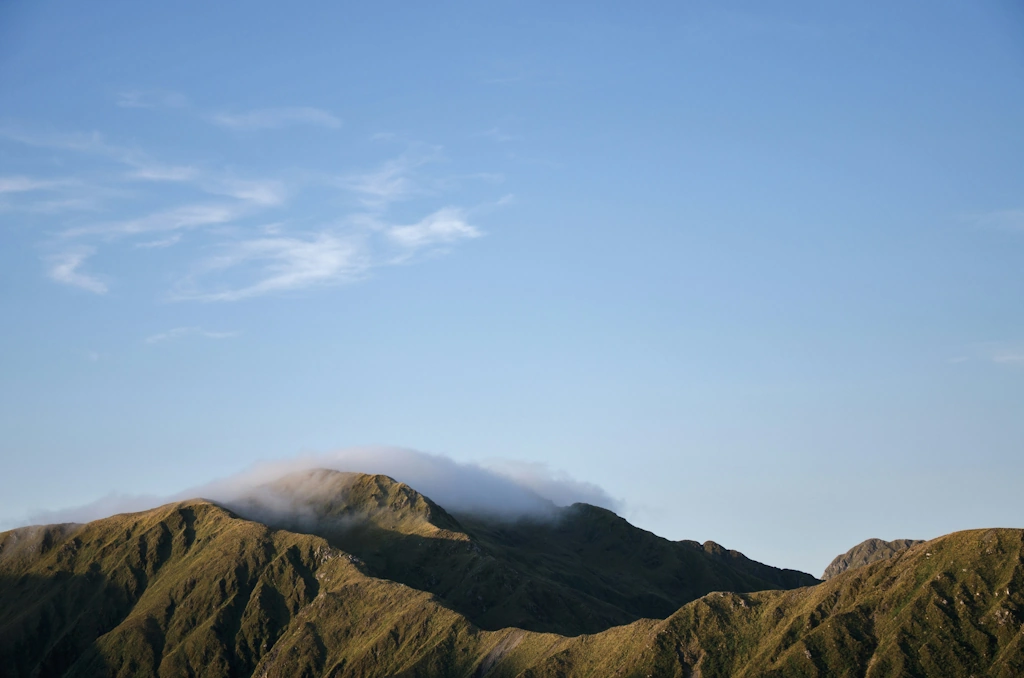New Zealand — Taupo

The Tongariro Northern Circuit is a scenic hiking route in Tongariro National Park, Central North Island, New Zealand.
Distance: 43.0 km
Elevation Gain: 1200 m
Difficulty: Challenging
Duration: 3-4 days
The Tongariro Northern Circuit is a 43-45km, three to four-day loop Great Walk through Tongariro National Park, encircling Mount Ngauruhoe through some of New Zealand most dramatic volcanic landscapes. Alpine herb fields, emerald crater lakes, active volcanic terrain and ancient lava flows make this circuit an otherworldly adventure. Access is via Whakapapa Village, with huts providing shelter along the route.
Complete information for walking the Tongariro Northern Circuit - including transport, bookings, gear, and insider tips - is available in the Wakahi Guide.
The Tongariro Northern Circuit stands as New Zealand most unique Great Walk, offering an unparalleled journey through active volcanic landscapes that feel almost otherworldly. This loop through Tongariro National Park encircles Mount Ngauruhoe, featuring the spectacular Tongariro Alpine Crossing section as its centerpiece. Unlike other Great Walks that traverse forests and coastlines, this circuit maintains an alpine character throughout, keeping hikers above 1,000 meters elevation.
The trail volcanic nature creates a landscape of stark contrasts from the brilliant turquoise Emerald Lakes filling ancient explosion craters to the stark, moon-like terrain of the Central Plateau. Highlights include steaming vents, recent lava flows, and phenomenal views across this dual UNESCO World Heritage site that showcases both geological wonders and profound cultural significance to Maori.
The Tongariro region holds profound significance for Maori as both a spiritual landscape and the foundation of New Zealand conservation movement. In 1887, Ngati Tuwharetoa paramount chief Te Heuheu Tukino IV gifted the sacred peaks to the Crown, creating New Zealand first national park. The volcanic peaks are considered sacred ancestors, and ascending the summits is considered disrespectful to the iwi who bestowed these peaks upon New Zealand.
Want more background? Read extended notes on history and cultural context → Learn more
In Great Walk season (late Oct-Apr) huts have wardens and gas, and conditions are generally stable though weather can change rapidly. Summer brings long daylight and vibrant alpine herb fields but frequent weather changes; autumn offers clearer skies with fewer crowds; spring can hold snow on exposed ridges. Outside the season, snow and ice cover much of the track and avalanche risk may apply.
Detailed trail map coming soon
Hut bookings are essential in season and demand is high for peak weather windows. Build in flexibility for weather and volcanic activity. Most walkers base in National Park Village or Whakapapa before and after for transport and accommodation options.
Bookings open once per year on the date announced by DOC. Demand is high for popular dates during peak season - huts for the best weather windows can sell out quickly on opening morning. Create a DOC account in advance, log in early, and have flexible dates ready.

Detailed route notes, maps, logistics & tips for the Tongariro Northern Circuit (PDF).

Precisely traced GPX for the Tongariro Northern Circuit, ready for your GPS or favourite mapping app.
Learn more about the Tongariro Northern Circuit unique volcanic environment, Maori cultural heritage, and geological significance → Read more
The Tongariro Northern Circuit traverses a fragile volcanic environment where recovery from damage takes decades. Plant life has been constantly repressed by volcanic eruptions and climate. Stay on marked tracks, respect wildlife, and carry out all rubbish. Respect the cultural significance of this landscape to Maori.